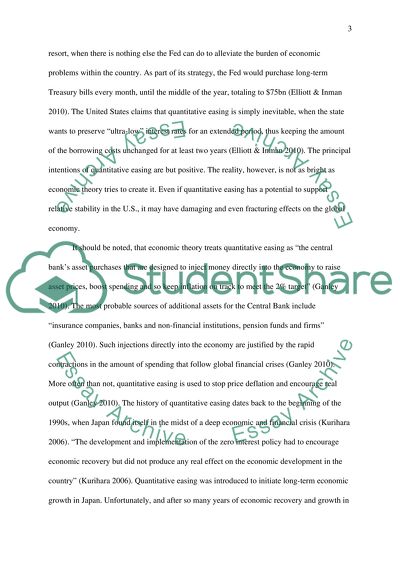Cite this document
(“Global economy Essay Example | Topics and Well Written Essays - 2500 words - 1”, n.d.)
Retrieved from https://studentshare.org/environmental-studies/1405400-global-economy
Retrieved from https://studentshare.org/environmental-studies/1405400-global-economy
(Global Economy Essay Example | Topics and Well Written Essays - 2500 Words - 1)
https://studentshare.org/environmental-studies/1405400-global-economy.
https://studentshare.org/environmental-studies/1405400-global-economy.
“Global Economy Essay Example | Topics and Well Written Essays - 2500 Words - 1”, n.d. https://studentshare.org/environmental-studies/1405400-global-economy.


